the problem
The open brief
As a creative, being set an open brief often creates polarising reactions; either abject horror, or a sense of release that our genius has been recognised, and we're trusted to follow our instincts to create to our heart's content. I can say now looking back, I was firmly in the the former category.
The brief was simple:
⏺ Design a book which will be exhibited at the third year degree show.
⏺ Both the book and the exhibition space can be presented any way you like.
⏺ Both the book and the exhibition space can be presented any way you like.
Too simple... So, I compiled a list of criticisms I had of previous final major projects I'd been shown. This revealed my brief:
⏺ It had to be a book, not a leaflet, a book. It shouldn't look out of place on a bookshelf.
⏺ It had to be on an interesting subject that wouldn't just interest designers - yet still have a focus on design
⏺ The design language and the subject should relate
⏺ A non-static design language
Step 1
Discover
With a brief laid out, I had to find a subject which would satisfy not only my criteria, but my curiosity. I searched for uniqueness and ideas related to my brief. The notable sources of inspiration for what later became Overlooking The Maze were:
Room 237
Directed by Rodney Asher
An analysis of Stanley Kubrick's adaptation of The Shining, and the people who believe they have succeeded in decoding the iconic film's hidden messages and symbols.
House of Leaves
Written by Mark Z. Danielewski
A book centered on a fictional documentary about a family whose house is impossibly larger on the inside than the outside. The format and structure of House of Leaves is unconventional, with unusual page layout and style. It contains copious footnotes, many of which contain footnotes themselves. In contrast, some pages contain only a few words or lines of text, arranged in strange ways to mirror the events in the story.
The theme of adaptation was one which stuck, come to think of it, after watching the Charlie Kaufman penned film Adaptation. Kubrick had adapted Stephen King's book to film and transformed it into something new. Would it be possible to adapt Room 237 into a book, imprinting my own voice on it as Kubrick had?
So I was going to make a book about a film analysing a film which was adapted from a book. Things got more than a little meta.
Step 2
Discover... more?
I began researching many of the theories behind Kubrick's intentions, gathering evidence to support various claims. Just to give you an idea of the rabbit hole, here are a couple of the mysteries which made it into the final book
Watch the chair in the background of this scene
Not all that impressive right? A continuity error at best? Maybe? Kubrick famously shot scenes over and over and over again to get the shot he wanted. The scene later in the film with Wendy swinging the baseball bat at Jack a reported 127 times. And he was even known to measure his ads in newspapers to ensure he was getting the exact space he paid for. Does that sound like someone that would let this slip through the edit?
Okay, not convinced? How about a window that can't exist. Here's a map of The Overlook created from what we can infer from the shots throughout the film:
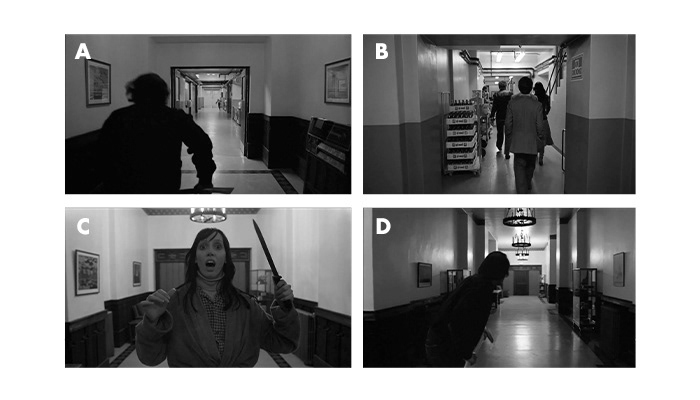
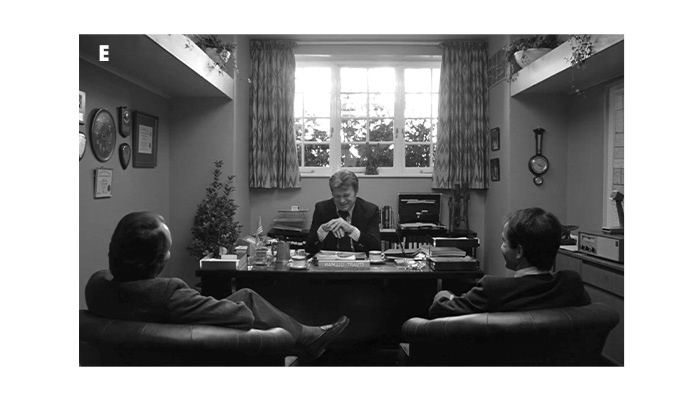
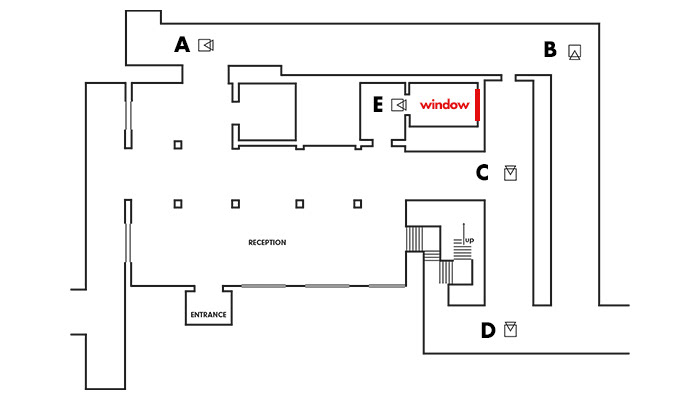
Okay before I start going mad, let's get back to the book. After a lot of research, and maddening conspiracies, I found that many come from Kubrick breaking the established filmmaking language, and the mystery of his creative process.
But how does that translate to a book? Just as directors have their own style and hallmarks, so do publishing houses. The layout, typeface choice, title pages are all part of a house style. Much like how Kubrick broke continuity, my book would also break the continuity of a house style. With the layout of the page subtly shifting, or page numbers skipping or missing.
This lead me to think about a situation which is unique to books, and horror books in particular; the act of reading them under the covers by torchlight. What if when read by torchlight you could experience the book differently?
Step 3
Develop
Over the course of months I researched and experimented with various techniques of concealing messages within printed media. These included:
⏺ Invisible inks
⏺ Unique bindings allowing for hidden compartments
⏺ Thin paperstock that would show the reverse side under torchlight
⏺ Moire slit animation
⏺ Codes & cyphers
These techniques influenced the content of the book and informed how it would be created. I was entirely enveloped in The Shining and I wanted the project to convey the slow decent into madness which both Jack Torrence, and those that overanalyse the film are subject to.
Step 4
Deliver
The final book was entirely researched, edited, printed & bound by myself.
Designed to mimic a book which Jack finds in the original novel which details the atrocities which have taken place at The Overlook, which acts as the turning point of his madness; Overlooking The Maze presents readings of The Shining which blur the line between sane academic analysis and insane conspiracy theories throughout the book.
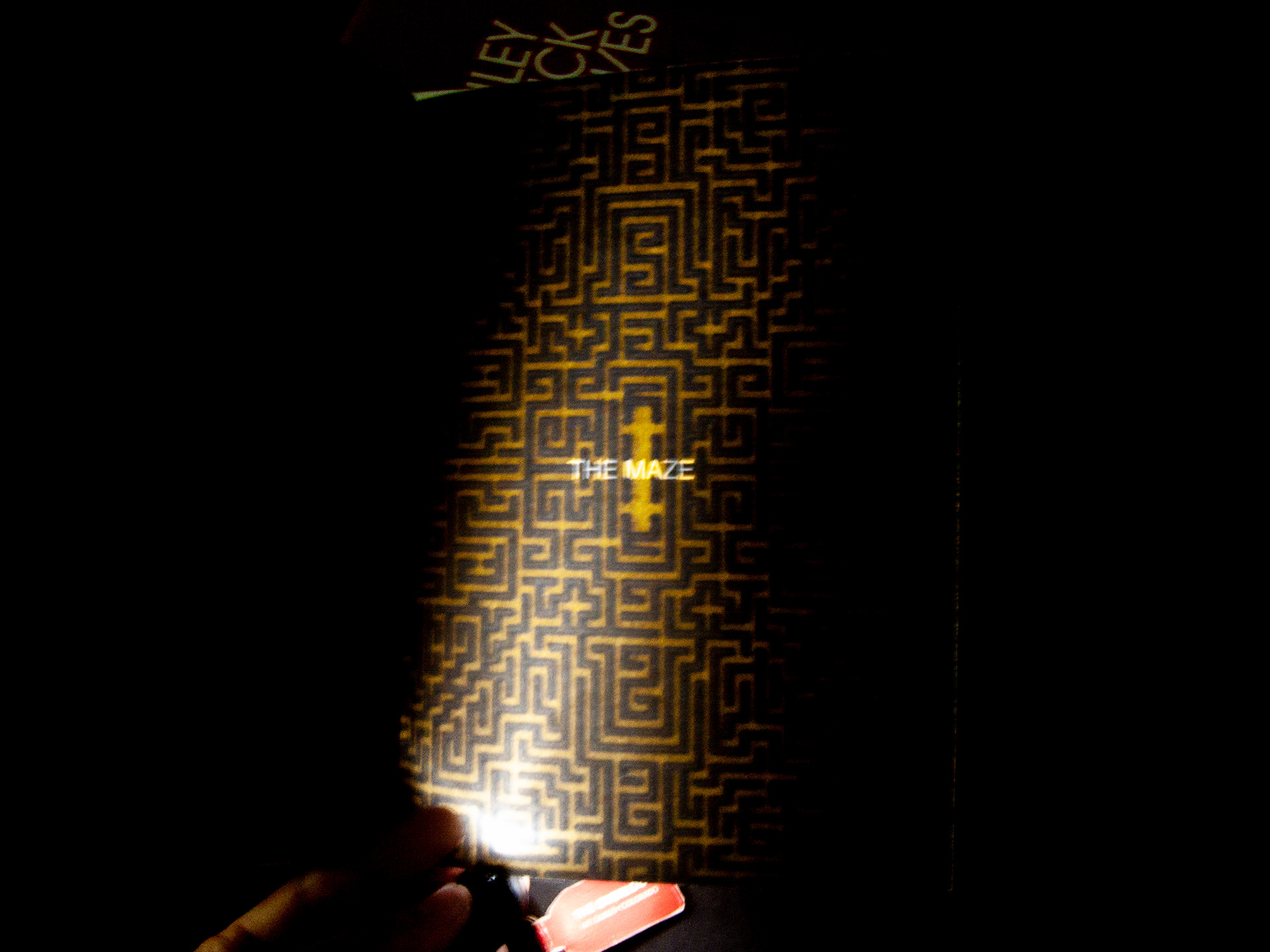
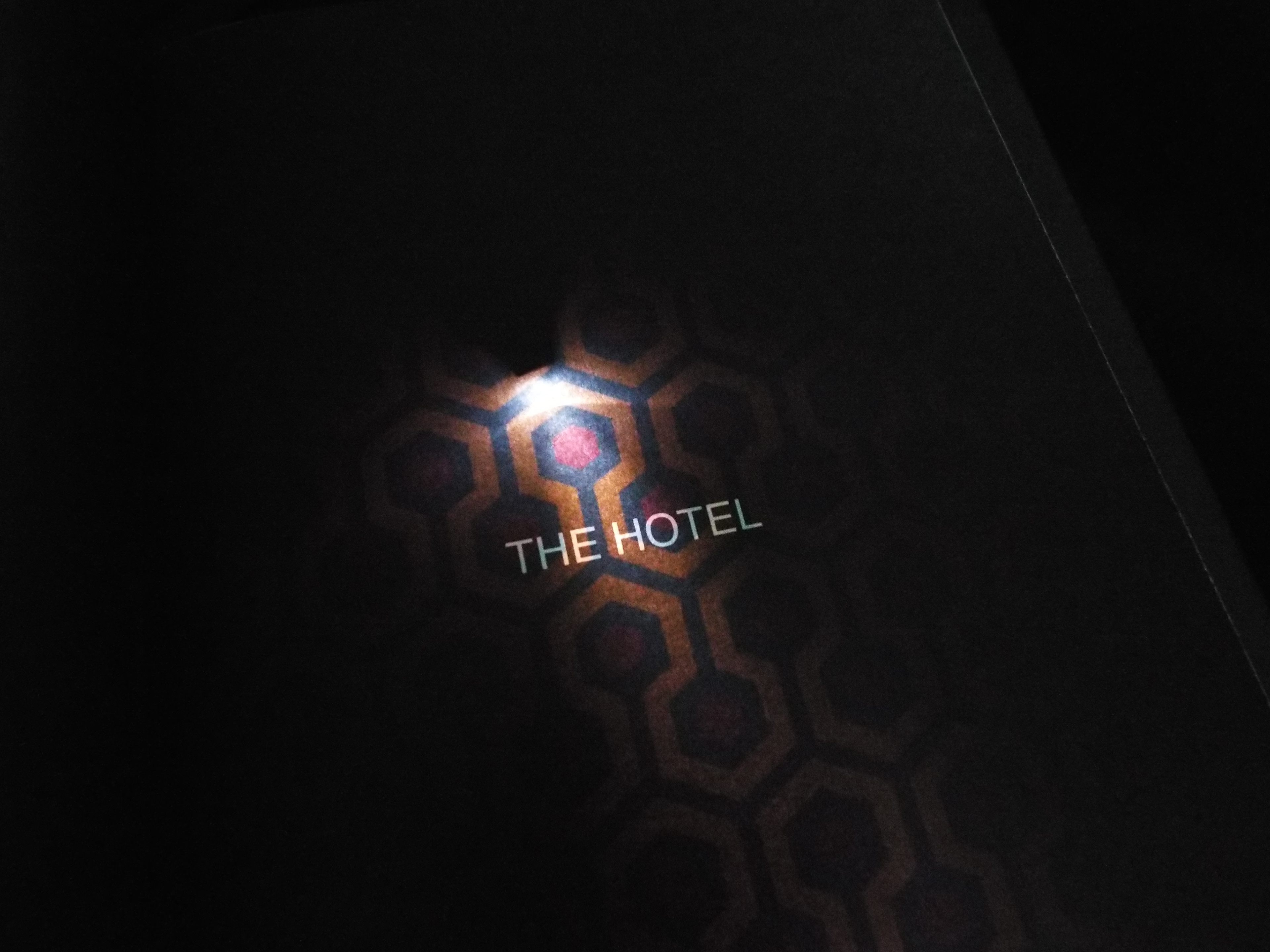
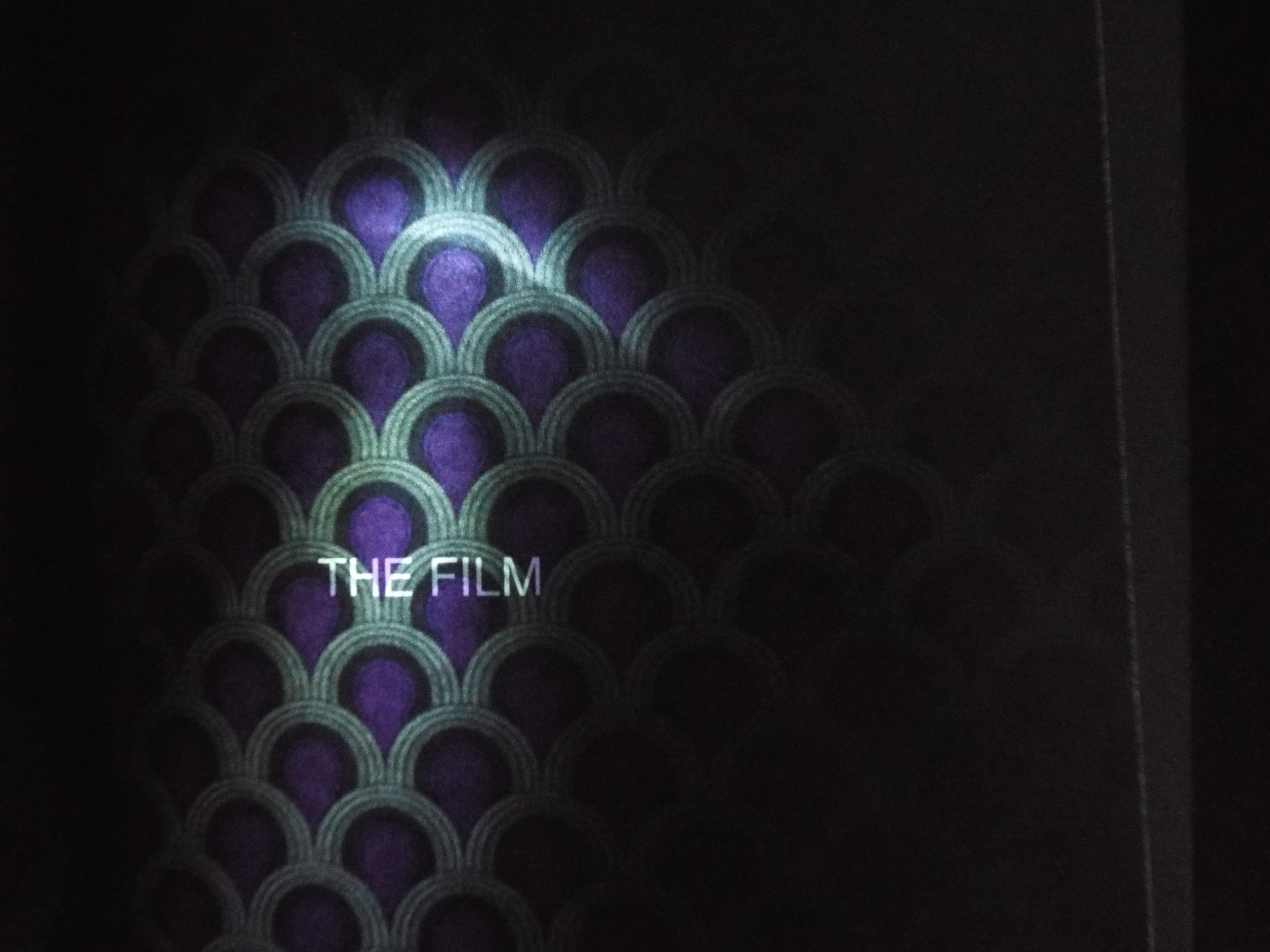
The three chapters cover the maze from different perspectives:
⏺ The Maze the thematic maze in film
⏺ The Hotel the hotel as a maze
⏺ The Film the film as a maze
⏺ The Maze the thematic maze in film
⏺ The Hotel the hotel as a maze
⏺ The Film the film as a maze
Whilst the surface of the book deals with presenting structured interpretation of the film, hidden beneath each page lies messages which would be revealed by torchlight.
Within each of these french folded pages, there were hand typed inserts which contained yet more contradictory theories, ramblings and script excerpts.
The book was exhibited at the Solent 2018 Degree show in a custom made display which featured two screens opposite each other which played the film mirrored in sync with each other.
The screening was designed to emphasise the thematic mirroring present within the film and play upon Kubrick’s iconic symmetrical shot compositions. Two screens were set up opposite each other playing the film, the left screen with the left half mirrored and the right screen with the right half mirrored. The result is an odd mix of bizarrely comic body horror as faces are meshed into themselves, and kaleidoscopic beauty as the camera tracks through the hallways of the hotel.
The project was awarded 'Best Final Major Project' by Joe Pilbeam of Brighton based design agency Filthy Media, and went on to be shown at the New Designers exhibition in London later that year.
Conclusion
My takeaways
Years after this project, and a lot of thought, I would now say that the ambiguity, the not knowing and the fact we'll never know Kubrick's true intentions is what makes The Shining the magnet for conspiracy that it is. It's also the thing that makes it such a great work of art, it prompts questions and allows viewers to project their own fears and interpretations upon it.
That's all folks
Thank you for reading



